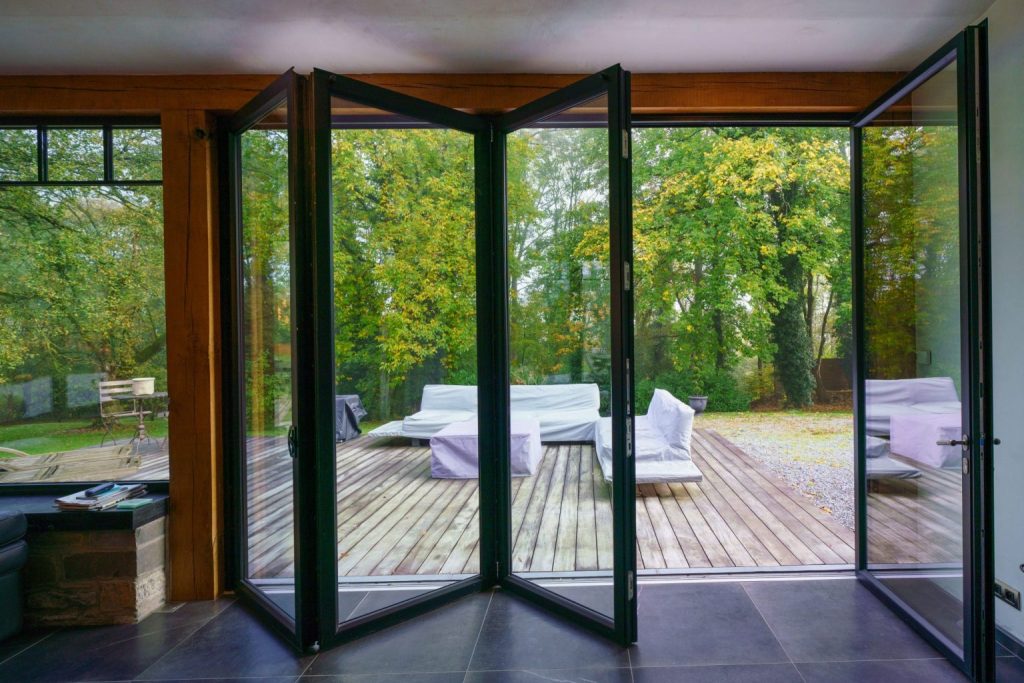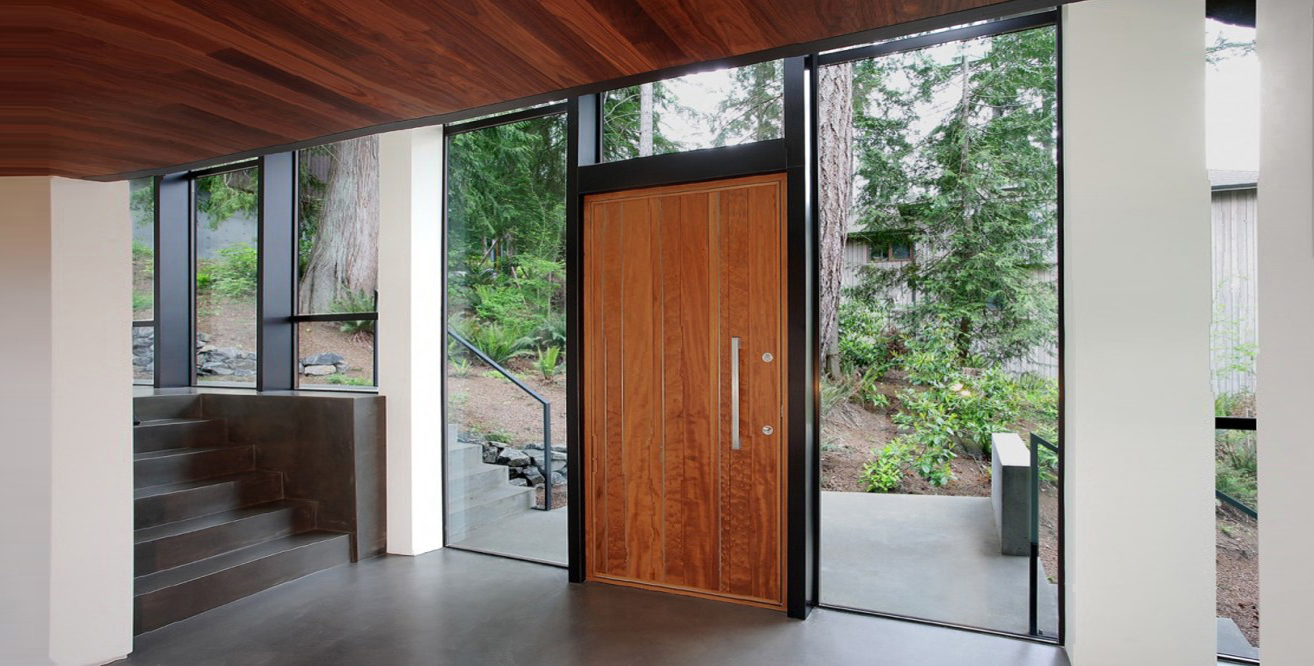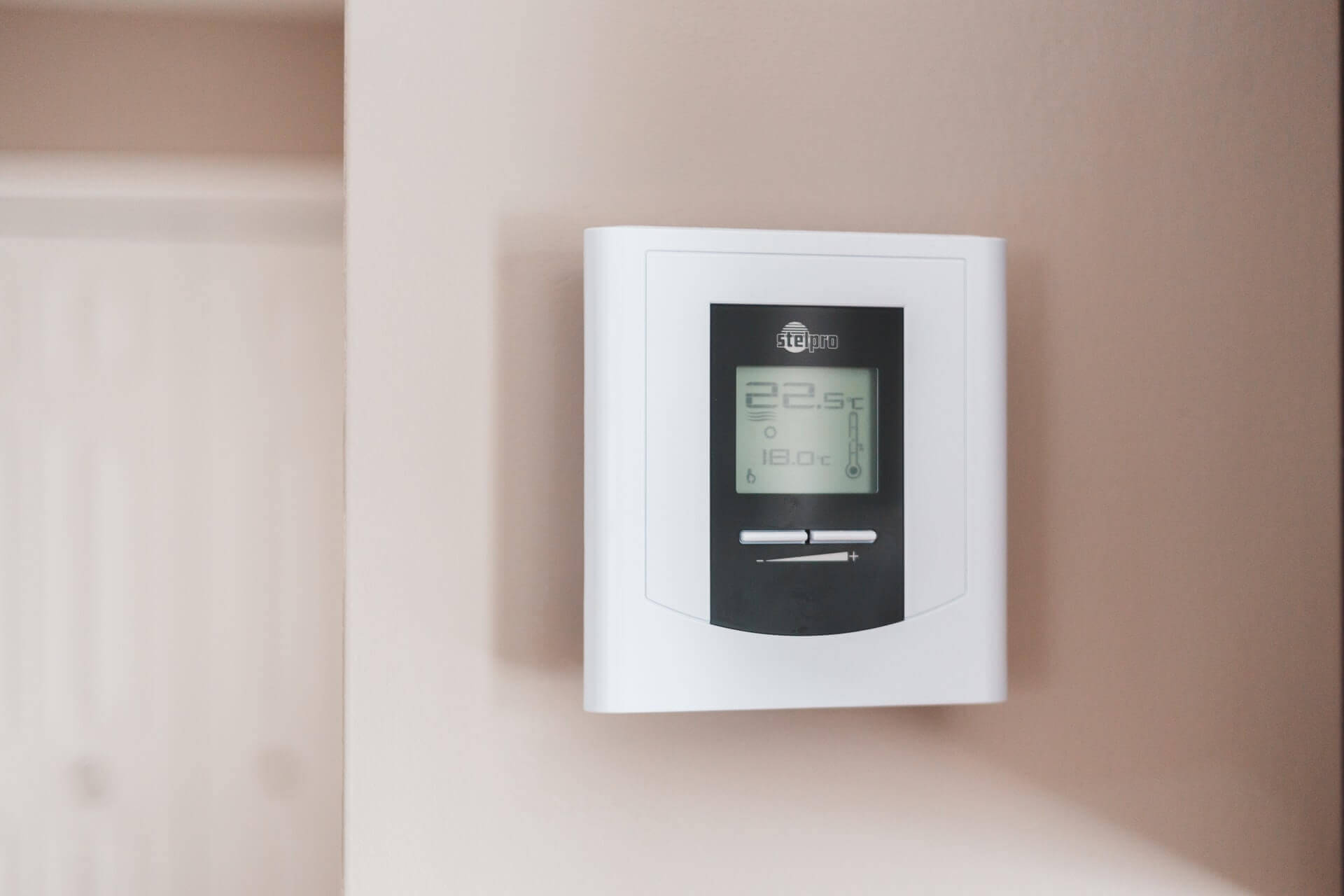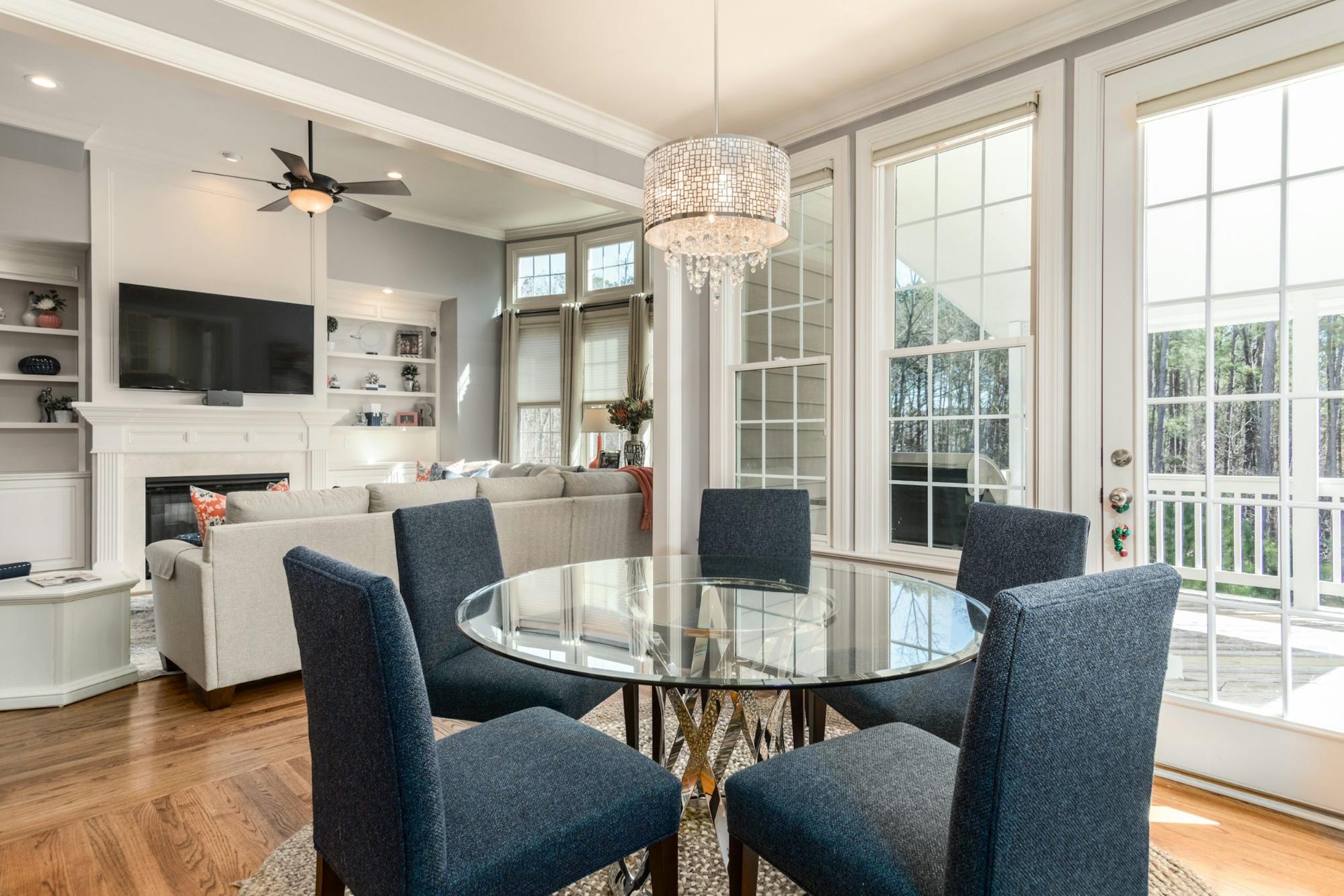The Impact of Windows and Doors on the Acoustic Performance of Your Home

Sound insulation is becoming an increasingly priority criterion for homeowners, especially in urban areas or in homes located near noise sources such as roads, airports, railways, or commercial areas. The comfort of a living space depends not only on the temperature or the light, but also on the acoustic tranquility it can offer. However, doors and windows are the main entry points for outside noise into a house.
In this article, we will explore how these openings can be both a weak point and a strategic solution to improve the acoustic performance of a building. We will review materials, technologies, and best practices to make informed and sustainable choices.
Why Acoustics Are Crucial to Home Comfort
Noise is a factor that is often underestimated, but it can have a significant impact on the quality of life. Numerous scientific studies have shown that prolonged exposure to noise can cause stress, interfere with sleep, reduce concentration, and, in the long run, damage physical and mental health. In an increasingly connected and noisy society, the need to create quiet environments is more important than ever.
Good acoustic insulation not only contributes to the well-being of occupants, but also promotes greater efficiency in daily activities: teleworking, learning, rest, etc. In multi-generational homes or those with young children, a quiet space is even more essential.
The Acoustic Flaws of Traditional Doors and Windows
The openings in the home — windows, bay windows, entrance doors or patio doors — are the first elements to consider when you want to improve sound insulation. Unfortunately, many homes, especially those built several decades ago, are still equipped with single-glazed windows and doors without any acoustic treatment.
These openings easily allow outside noise to pass through, including high-pitched sounds (horns, human voices) and low frequencies (engine noise, heavy traffic). Even in recent construction, poor caulking or rough installation can greatly compromise the overall acoustic efficiency of the building.
The Role of Glazing in Acoustic Insulation
Glazing is one of the most decisive elements in improving window acoustics. While double glazing is now a minimum standard, there are much more efficient options on the market to meet the most stringent noise requirements.
- Reinforced acoustic insulation glazing : This type of glazing is designed with glasses of different thicknesses (asymmetric) to block different frequency ranges. The thickness and density of the glass make it possible to dampen sound vibrations.
- Acoustic laminated glazing : These are two sheets of glass separated by an acoustic plastic interlayer (PVB). The latter absorbs sound waves and reduces their transmission. Very effective for high-pitched noises such as voices or sirens.
- Triple glazing : By adding a third layer of glass, we reinforce the sound barrier while also gaining thermal insulation. However, be careful to choose the spacing and the gases between the windows for optimal performance.
Sound Doors: Extra Protection
Often overlooked, doors play a major role in interior acoustics. A poorly designed front door or patio door lets in as much noise as a poor quality window.
Les sound doors are designed to block sounds effectively. They are composed of heavy, dense and multi-layered materials, sometimes with a core of insulating foam or high-performance composite panels.
Among the recommended options:
- Solid wood doors : naturally dense, wood offers a good acoustic barrier.
- Insulated steel doors : these models, often used as entrance doors, combine rigidity and insulation thanks to an internal core (e.g. polyurethane foam).
- Doors with acoustic seals : acoustic performance also depends on tightness. Peripheral seals and automatic thresholds help to block noise leaks.

Choosing the right doors and windows for the environment
Each acoustic situation is unique. The type of noise pollution, the topography of the premises, the exposure of the building and even the habits of the occupants must guide the choice of materials.
- Quiet neighborhoods : standard double-glazed windows are often sufficient, as long as the watertightness is well ensured.
- Moderately noisy environments : opt for asymmetric double glazing or acoustic laminated glass.
- Very noisy areas (roads, industrial areas, stations): opt for acoustic triple glazing and doors certified for high sound performance.
An acoustic audit can also be carried out to determine the most sensitive areas of the house. This allows you to invest where the gain will be the most significant.
Complementary Solutions to Acoustic Insulation
Doors and windows form the base, but complementary solutions can enhance the desired effect:
- Acoustic curtains : thick, lined, sometimes equipped with technical layers, they attenuate the sounds while providing an aesthetic touch.
- Roller shutters : when closed, they create an additional noise barrier.
- Wall acoustic panels : these decorative elements reduce the reverberation of interior sounds, also improving the acoustics in living rooms.
- Professional caulking : even the best windows will be useless if air (and sound) pass around. Good caulking with acoustic materials is essential.
Conclusion
Acoustic insulation is a fundamental element of modern residential comfort, especially in noisy urban contexts. Doors and windows, often considered only for their aesthetics or thermal performance, actually play an equally decisive role in the fight against noise pollution.
Investing in efficient acoustic products means investing in peace, mental health, quality of life, and even in the real estate value of your property. Whether you are building, renovating or simply replacing your openings, consider integrating this essential dimension into your project.
Guarantee: No traces, no stress — only lasting results.
5 000 +
96%
$6,275



.avif)



